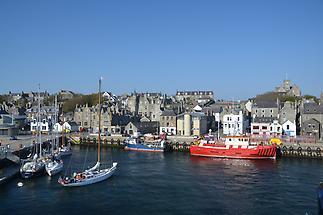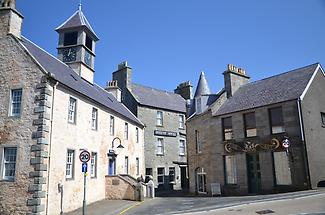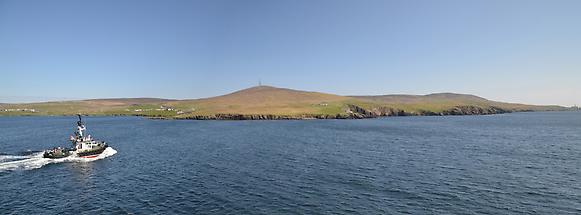Shetland Shetland Isles, UK #
Belonging to Scotland and lying in the north Atlantic, between the 59th and 61st degree of latitude, the Shetland Islands are as far removed from London as possibly can be in the United Kingdom. Historically and culturally the islands are closer to Scandinavia. Many names of places and villages have a Norse origin, also some festivals have Viking roots, like the Up-Helly-Aa festival.
The sub arctic archipelago of the Shetland Islands is situated between the Orkney Islands (80km distance) in the southwest and the Faroe Islands (280km distance) in the northwest. Mainland Scotland lies 170km to the south. Over all, about 100 islands of which only 16 are inhabited form the Shetland Islands, with its impressive coastline of 2.702km. Nearly two thirds of the entire territory belongs to the biggest island, called Mainland, which is the third-largest island in Scotland and the fifth-largest of the British Isles. The administrative centre and biggest city, Lerwick, is located there and has a population of approximately 7.000 inhabitants. About half of the archipelago's population of 23.170 live within a radius of 16km of the town.
Since the Mesolithic period people lived in the archipelago with its oceanic climate, rugged coastline and its many low, rolling hills. Earliest written references to the islands date back to Roman times. The economical backbone of the Shetland Islands up to now was and still is, the fishery. In the 1970ies the discovery of North Sea oil boosted Shetlands incomes, employment and public sector revenues.





